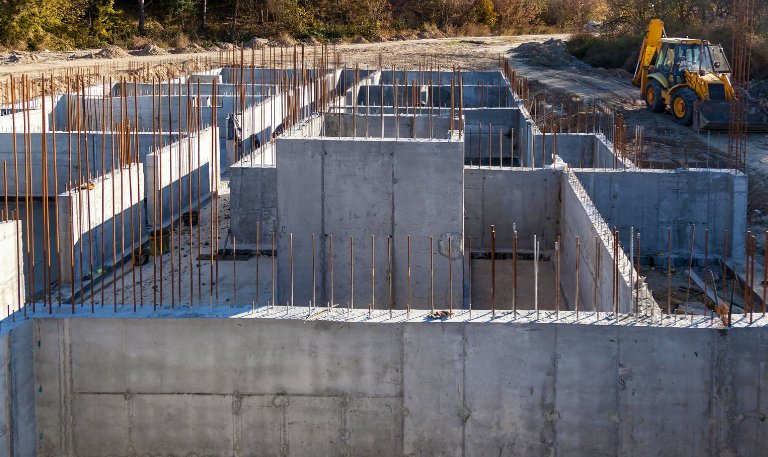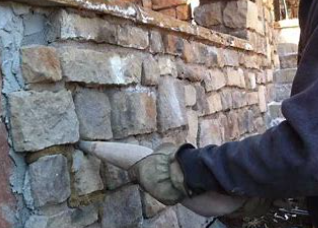Understanding The Installation Costs Of Permeable Pavement
Permeable pavement has emerged as a leading solution in modern construction, known for its environmental benefits and ability to manage stormwater effectively. However, one of the primary considerations for developers and builders when selecting construction materials is cost. Understanding the cost of permeable pavement is crucial for budgeting and planning in residential, commercial, or large-scale projects. This post explores the factors that influence the costs of permeable pavements, comparing different materials and installation considerations.
What Are Permeable Pavements?
Before exploring the costs, it’s essential to understand what permeable pavements are. Permeable pavements are designed to allow water to pass through them, reducing runoff and treating stormwater—addressing water quality and quantity. They come in various materials, including plastic grids, concrete blocks, and natural stones, each with unique aesthetic and functional benefits.
Cost Factors of Permeable Pavement
Several factors influence the cost of permeable pavement, including the type of material, installation complexities, and the size of the project. Materials like natural stone pavers tend to be at the higher end of the price spectrum due to material and labor costs. Conversely, plastic grid systems are cheap, but limited in terms of application.
Material Costs
- Plastic Grid Systems: These systems can be thought of as augmented stone driveways. They use plastic to provide tensile strength to aggregate, but are ill-suited for vehicle traffic. They install quickly and are generally the lowest cost.
- Pervious Concrete and Porous Asphalt: These materials have voids that allow water to drain through but are generally more expensive than plastic grid systems. The cost varies based on the project’s complexity and the required stormwater management effectiveness.
- Natural Stone and Concrete Pavers and Blocks: While offering a higher aesthetic appeal, these materials come at a premium cost. Their installation is more labor-intensive, influencing the overall expense.
Installation Costs
Installation costs for permeable pavement can vary widely based on the project’s scope and the material used. Labor costs, preparation work, and the need for additional drainage solutions can all affect the final price. For instance, gravel filler for plastic grid systems might be relatively inexpensive, but the cost of sand or sod required for installation can add to the overall expense.
Comparing Costs
When comparing the costs of different permeable pavement materials, it’s crucial to consider both the initial installation cost, longevity, and maintenance expenses. Lower cost systems like porous asphalt have short lifetimes and large maintenance requirements. Conversely systems with higher upfront costs, like permeable articulating concrete block systems (PaveDrain), are basically set it and forget it.
Choosing the Best Type of Permeable Pavement
The best type of permeable pavement for your project depends on various factors, including aesthetic preferences, budget constraints, and functional requirements. Developers should consider not only the initial installation cost but also the longevity, maintenance requirements, and environmental impact of the material. We are biased and feel there is only one answer: PaveDrain.
Permeable Pavement
Understanding the permeable pavement cost is vital for developers and builders in making informed decisions. With a range of materials available, from low-cost plastic grid systems to more premium natural stone pavers, choosing the right type of permeable pavement requires a balance between budget, aesthetics, and functionality. By carefully considering the factors discussed, developers can select the most suitable permeable pavement solution for their projects, ensuring sustainable, efficient, and cost-effective construction outcomes.

Hardscape SalesMike Schmidt
Latest News

4 Ways To Reinforce Concrete
Concrete is one of the most fundamental materials used in construction. If you’re working on a domestic project or a […]

The Environmental Benefits Of Using Ready-Mix Concrete
The construction industry is changing quickly to meet the growing demand for sustainability and eco-friendly practices. One of the most […]

6 Essential Tips For Grouting Stone Veneer
Grouting stone veneer is an important step in the installation process that can significantly impact the overall look and durability […]

Should You Fill Hollow Concrete Blocks?
Hollow concrete blocks are widely used in construction due to their strength, versatility, and lighter weight compared to solid blocks. […]
